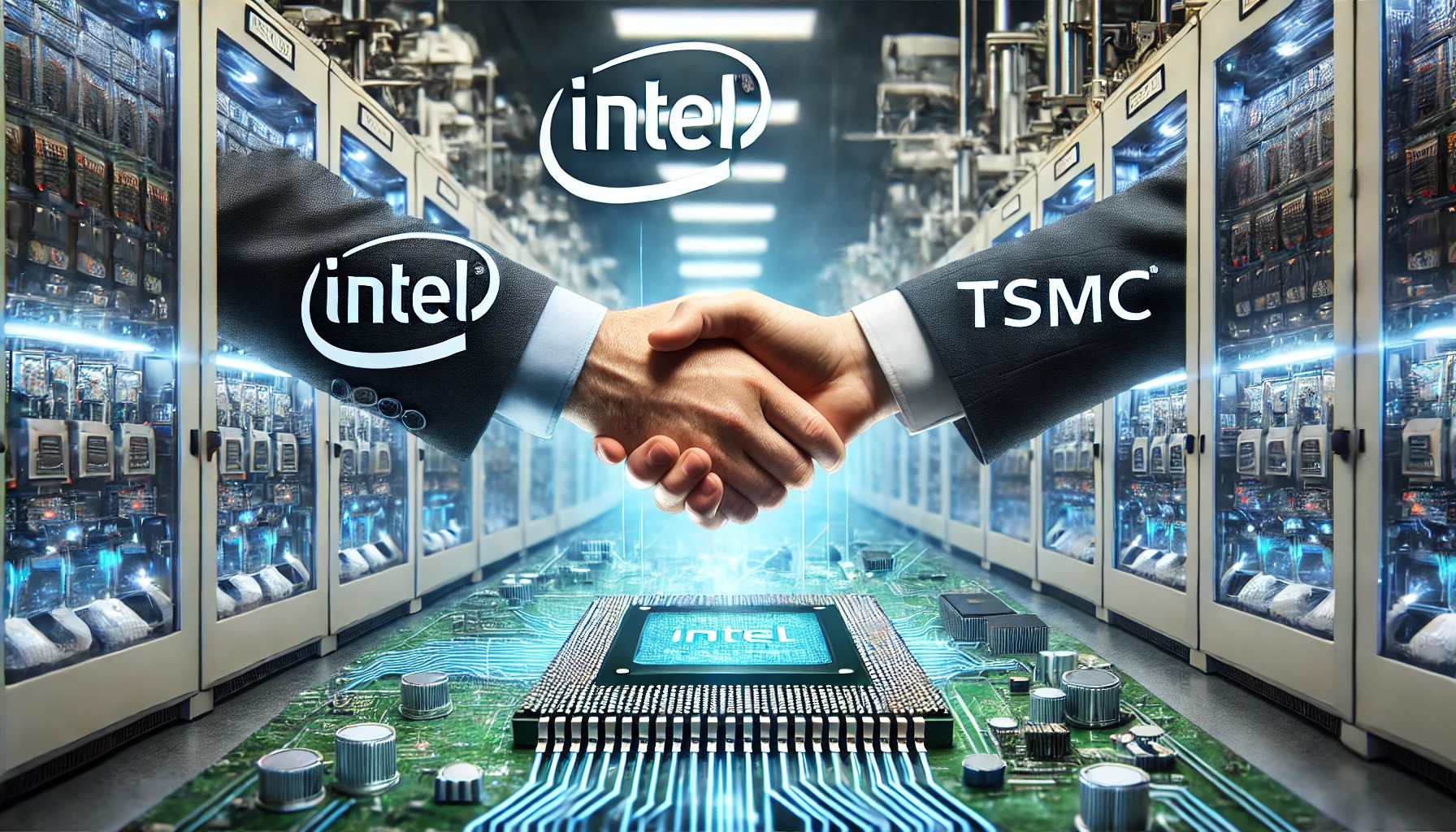
The Probability of a Merger Between Intel, TSMC, and Broadcom
Context and Strategic Objectives
Intel is aiming to regain its leadership in the semiconductor industry after years of lagging behind competitors like AMD and NVIDIA. The company has made significant efforts to strengthen its manufacturing capabilities with new foundry plants and to diversify into other sectors, such as server processors and AI technologies.
TSMC is the world leader in foundries, providing manufacturing services for companies like Apple, NVIDIA, AMD, and many others. TSMC plays a crucial role in supplying cutting-edge chips.
Economic and Financial Factors
Potential Synergies between these companies would be considerable. Intel could leverage TSMC’s expertise in advanced manufacturing, while Broadcom could expand its product portfolio with manufacturing or vertical integration capabilities. However, strategic differences in R&D and long-term goals could limit these synergies.
Geopolitical Risks
TSMC’s location in Taiwan makes it a strategic concern amid geopolitical tensions between the United States and China. Integrating TSMC into an American group could raise concerns in China and negatively impact international relations.
Impact on Competition and the Market
A potential merger would disrupt the competitive landscape. Intel’s dominance in both semiconductor design and manufacturing could reshape the industry.
Conclusion
Despite potential synergies, regulatory, geopolitical, and organizational challenges make this merger unlikely in the short term. However, changes in global relations, technological innovation, and acquisition strategies could shift this dynamic in the future.

